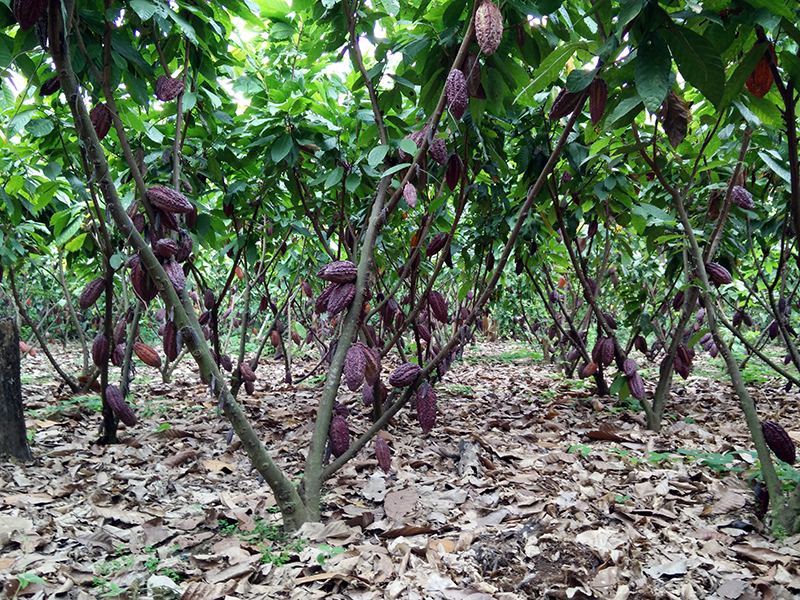Soil Science

Chocolate is almost universally adored. But few know the complicated process of how cacao beans become chocolate. Did you know cacao tree farming is done mostly by small-scale low-income farmers in Latin America, particularly in countries like Ecuador?


Farmers often need to regulate soil temperature, reduce weeds, and minimize water loss. Agricultural mulch can help farmers do so.
But the plastic in commonly used agricultural mulch can degrade soil and water quality. Microplastics can even enter the food chain.

The old adage “variety is the spice of life” can also be true on the farm. Planting the same crop over and over, year after year, can quickly deplete the soil of valuable nutrients. The crops eventually won’t produce as much, and the farmer will lose profits.

Farmers around the world are keen to protect their most important asset: their soil. The soil supports and enriches their crops. But the relatively thin layer of topsoil can readily wash away into streams, carrying unwanted nutrients with it.


Roots play a vital role in crop plants. They take up water and nutrients for the plant and keep it help firmly in the ground. But not all roots are the same.


After an oil spill or leak, it’s important to act fast. If the oil has gotten into soil, scientists need to rapidly assess how much oil there is and how far it spread. It’s a process that has always been costly and time-consuming.


Seemingly everyone has a smartphone in their pocket, and we find new uses for them every day. They can help us avoid traffic jams or connect us to family from afar. They can even translate languages on the fly.


For most of us, our closest encounter with the element fluorine is likely to be our toothpaste or a municipal water supply with added fluoride.

But excess fluorine can be a problem. For example, high levels of fluorine in the soil can hurt plants. Fluorine in soils may also affect microbes and other organisms higher along the food chain.

When it comes to soils, proper identification is key. Identification allows scientists to determine the story behind the soil: how it formed, how it behaves in different scenarios, and how valuable it may be to certain plants and animals.


